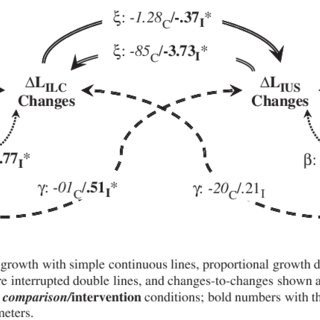May 2015
·
109 Reads
·
6 Citations
HIV Medicine
Background: There is a public health need to tackle high levels of undiagnosed (or late diagnosed) HIV amongst the UK's African communities. This research aimed to assess the feasibility and acceptability of using a text messaging intervention to encourage uptake of HIV testing amongst this population in a UK city. Methods: Participatory research adopting a mixed-methods design. Four distinct stages included: [1] Formative Research: Six focus group discussions (FGDs) were conducted with diverse sections of the African community to assess perceptions about HIV and to inform message development (n=48). The Health Belief Model (HBM) was used as an organising framework for data analysis and interpretation. [2] Message Development: SMS messages were developed based on HBM constructs, existing HIV campaigns and FGD findings, and tailored according to language, gender and religion. 12 HIV-related and 12 generic health-related text messages were developed and piloted using elicitation interview processes. [3] Intervention and outcomes: 172 participants were recruited. They received 2 messages per week for 12 weeks. Data was collected in pre and post questionnaire surveys assessing uptake of HIV testing, HIV-related attitudes and knowledge and perceived general health. [4] Evaluation: Acceptability and meaningfulness of the intervention were explored via semi-structured telephone interviews (n=21). Data were analysed using thematic content analysis.















